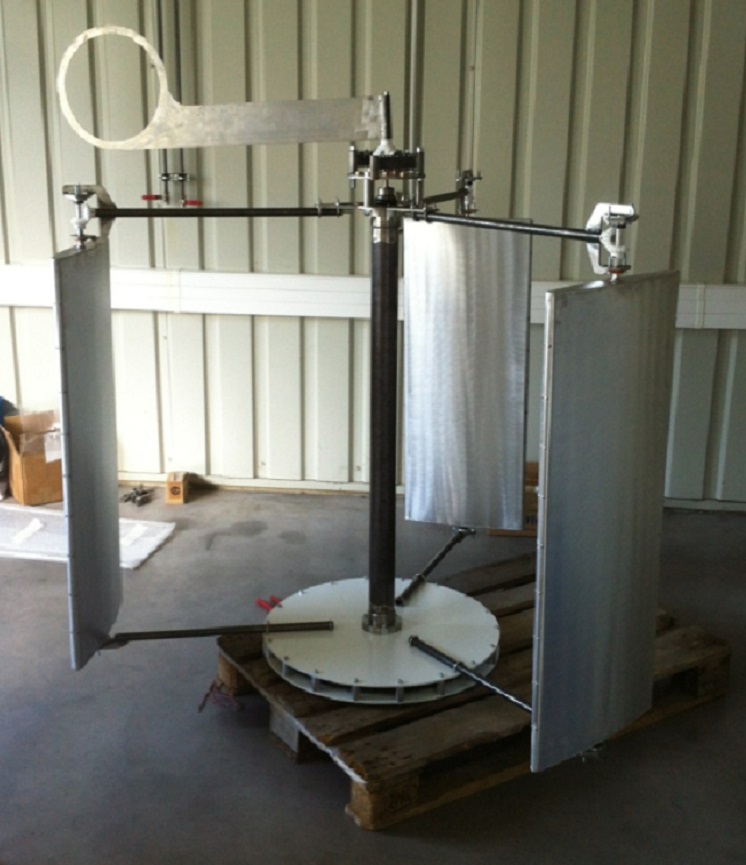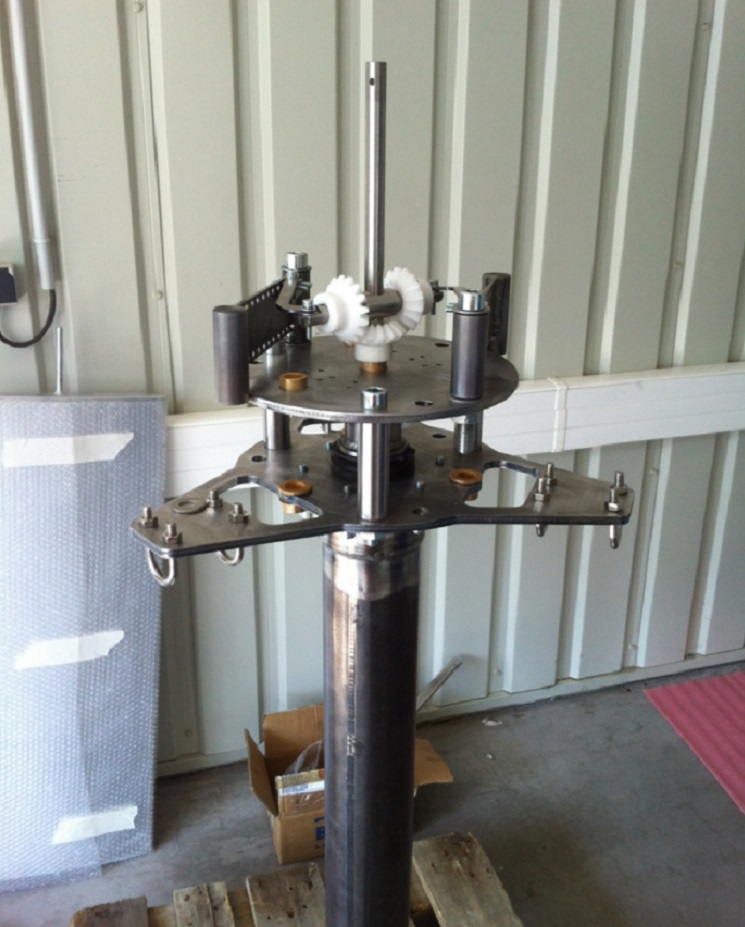Urbolienne, a new open source windmill in the city
Published 19 January 2015 by Carine Claude
Urbolienne, the first urban open source micro wind turbine, could soon be the next big thing in domestic renewable energy.
After offshore wind farms and propellers on peaks, why not turbines on building rooftops? The urban windmill could finally score some points in the domestic renewable energy race. Urbolienne, a micro-windmill prototype developed by the French consulting firm Aeroseed, generates energy on sites where the wind is irregular and often changes direction, which is the case in the city. This innovation could change everything. While solar energy has long since colonized individual houses, domestic windmills are often shunned because of their high cost, low efficiency and irregular energy output from random winds, which are all systematic in urban zones.

“Our motivation is to bring energy closer to consumer points,” says Théophile Bresson, an engineer at Aeroseed, a small industrial consulting firm located near Metz in France. He invented this vertical aerogenerator, whose mechanics automatically orient the blades during their rotation around a mast. Because the force of the wind on the sails is always productive, it is just as efficient as a traditional windmill processing regular wind in an open space. Given its miniature format of 1.5 meters wide, the power delivered could reach 500W at a wind speed of 10m/s (a good 5 on the Beaufort scale), “enough to power an autonomous urban lighting system”.

The project already has its fans, as Urbolienne raised 8,216 € (surpassing their goal of 6,000 €) on crowdfunding website Ulule in June 2014. And the first prototyping phase of the aerodynamic part, started more than three years ago, was finally completed. As a bonus, the contributions also funded the development of Windview, an iOS “wind” app launched on January 2, 2015 for 5.99 €, “a summary of the expertise that we were selling for a fairly high price before”, that allows users to evaluate wind deposits and will eventually be linked to Urbolienne.
A helping hand from the open source community
“We were able to finish the prototype thanks to our crowdfunding campaign, but especially thanks to open source communities in Nancy and Epinal who helped us in designing the electronics and automation,” Bresson explains. Such is the other advantage of developing a prototype under an open licence: “Everyone will be able to make their own windmill, to sell it, to install it, to integrate it into other systems. We wouldn’t want there to be a monopoly on this technology, or patents that prevent its distribution.” While the sketches and 3D models are accessible under TAPR Open Hardware licences, there is also a website hosting the diagrams of the mechanical part and assembly instructions, so that contributors can exchange tips and tricks.
A manufacturer in the region has shown interest in the project. For six months, the prototype will be installed on a partner’s site, where the collected data will be analyzed for final validation before the production and commercialization phase. “We are committed to industrializing this wind turbine that could transform our relationship with energy,” says the engineer.
It’s a topical issue, as the draft law on energy transition toward green growth to be examined by French Parliament on January 13 is also counting on the development of renewable energy sources in order to reduce France’s sky-high energy bill, which has reached 70 billion euros.
Urbolienne demo video :
